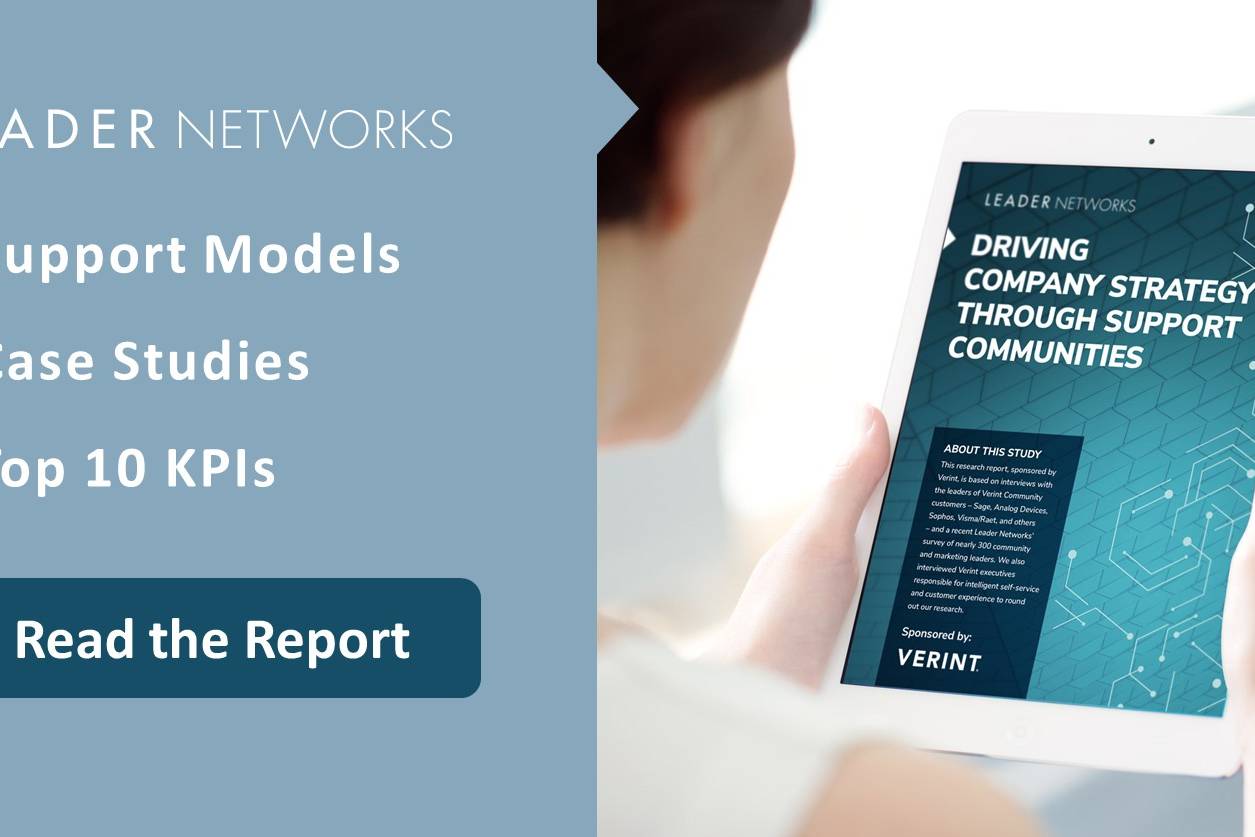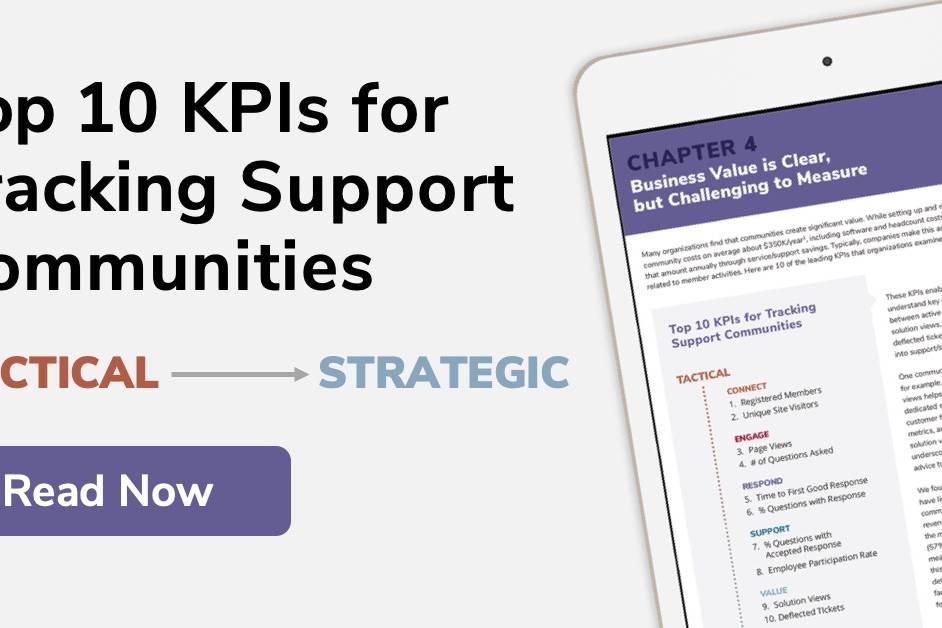Spammers and overt sales people peddling low-end transactions — “buy my thing” — are a plague that has overrun LinkedIn Groups. The groups feature is a good idea — let small(er) cohorts of people with shared affinities or interests exchange information with each other. But when a large group of people can interact online, the opportunity always seems to bring out the worst in some people. Spammers around the globe have swamped the discussions and turned a useful collaboration tool into a shameless (and worthless) marketing platform.
However, LinkedIn seems to have realized the Groups function has taken a wrong turn. The site recently deployed a set of technical tools to help group managers reestablish control of their collaborative content. Case in point — today I received an email from LinkedIn announcing new tools for group managers:
The ability to delete inappropriate content and share group management are great first steps to reducing spam and inappropriate use by members. But the key to better collaboration in a LinkedIn group (or any group for that matter) is a more strategic approach to member engagement.
Here are five steps any group manager can take to improve the quality of exchanges among the members of their group. Better engagement quality provides greater value for group members and also warns off spammers by signaling this group means business – literally!
Step 1: Define a purpose for the group. The best groups are those that function intentionally – with intention – meaning each member knows what the group is about, what its express purpose is, and what is expected from their participation or membership in the group.
Step 2: Lead by example. Especially in the business world, where the majority of senior executives are far too busy leading a department or company to take the time to become a social media “expert”, the act of actively moderating a group can demonstrate to members the best practices of online information exchange.
On a tactical level, a group manager should start a new topical discussion with a detailed, explanatory post about the topic. This includes a well-formed idea about the nature of the question or topic and some specifics or details to help others understand the topic and why it is important. This will also socialize how members might engage around the topic.
Here is an example from a LinkedIn group:

Notice how Jack, the discussion leader, raises the topic he would like to discuss clearly. This allows others to have a better understanding of how to respond and what information might be shared.
Step 3: Outreach to support the exchange. People do not naturally respond online to discussions. Often, especially with newly-formed groups or those whose members do not have a great deal in common, it is a true act of faith to put ones ideas “out there” for all to see. However, when asked and encouraged to provide input individually, members will typically respond. Group leaders who use the messaging function on LinkedIn can reach out to certain members and ask for their point of view, thus jump-starting a new discussion or reviving an older one. Like follows like in discussions – the more people who participate initially, the more comfortable people will feel in jumping into the topic. The example above on “Who owns social media?” has garnered hundreds of replies and there is no end in sight.
Step 4: Strike the right balance. When thinking about which topics offer the most active and rewarding exchanges, find a balance between what we like to deem “low risk”, “mid risk” and “high risk” discussions. A low risk discussion topic is one that asks very little of the participants emotionally but enables them to successfully participate online.
One example could be asking the group to list their Twitter handles, or taking a poll. The participants are not professionally exposed but are enabled to participate. With groups, the hardest post is the first one! Once someone crosses that threshold, they are more likely to post in the future.
A “mid risk” topic might be one that requires the participant to share an idea or point of view. A great example is a question that is transactional in nature such as top efficiency tools or “what organizations do you belong to and why?”
The most valuable — and risky — content contributed by members is a true collaborative knowledge exchange. This kind of discussion involves participants sharing a professional dilemma and how they resolved (or failed to resolve) the problem, or showcases a personal approach to something. These are the lifeblood of any true community of practice.
Step 5: Acknowledge and reward all valuable participation. Leading a group takes commitment and staying power over time. The best groups and discussions grow out of a sense of belonging, of community. Be sure to respond to participants individually with thanks and encouragement. This validates their contributions and confirms their time was well spent responding to the group and to their peers.
Warning: Attempt to read property "base" on array in /home3/trusten9/public_html/leadernetworks/wp-content/plugins/wp-user-profile-avatar/shortcodes/wp-user-profile-avatar-shortcodes.php on line 665
Warning: Attempt to read property "base" on array in /home3/trusten9/public_html/leadernetworks/wp-content/plugins/wp-user-profile-avatar/shortcodes/wp-user-profile-avatar-shortcodes.php on line 665
Warning: Attempt to read property "base" on array in /home3/trusten9/public_html/leadernetworks/wp-content/plugins/wp-user-profile-avatar/shortcodes/wp-user-profile-avatar-shortcodes.php on line 665
Warning: Attempt to read property "base" on array in /home3/trusten9/public_html/leadernetworks/wp-content/plugins/wp-user-profile-avatar/shortcodes/wp-user-profile-avatar-shortcodes.php on line 665
2 Comments
Add comment Cancel reply
This site uses Akismet to reduce spam. Learn how your comment data is processed.




Vanessa this is a great post and thank you for taking the time to point out the new tools on LinkedIn.
You’ve given a much needed and very practical view on how to make communities work. As you’ve said before it is not “ask and they shall comment”.
Thanks for the tips!
Jane
Thanks Jane
I appreciate the feedback very much and am glad the info was useful.
best
Vanessa